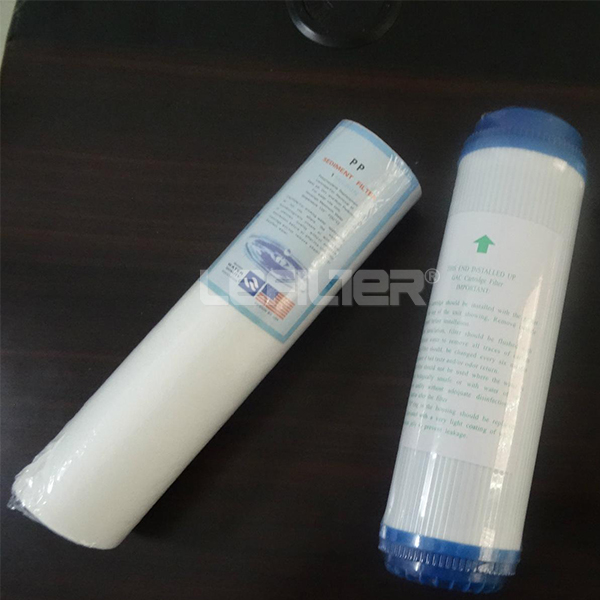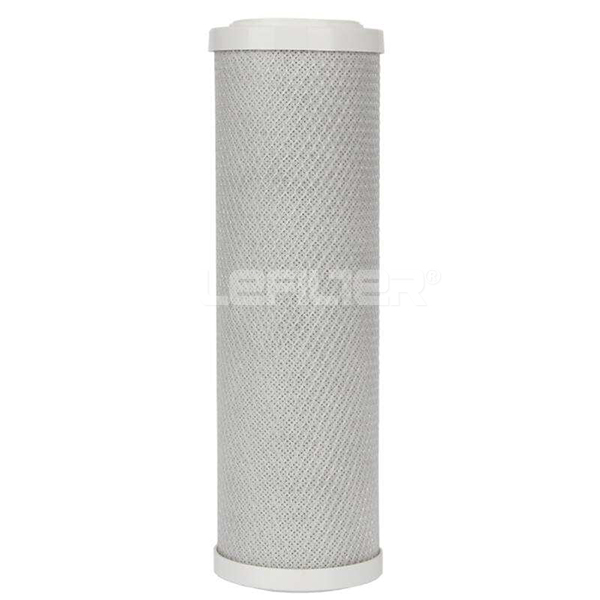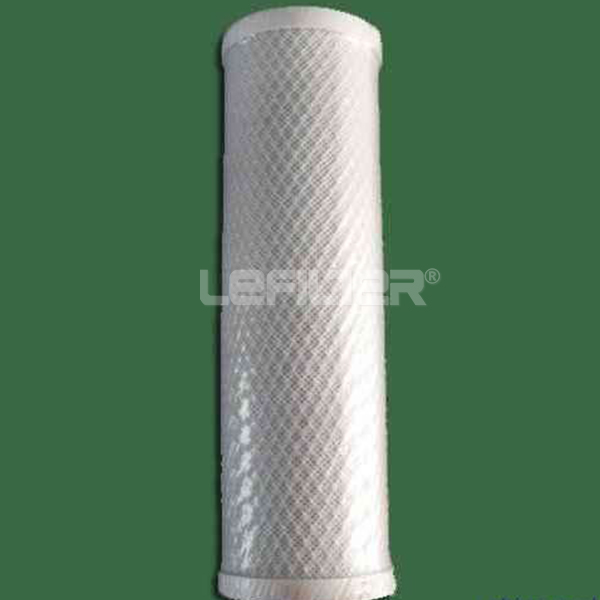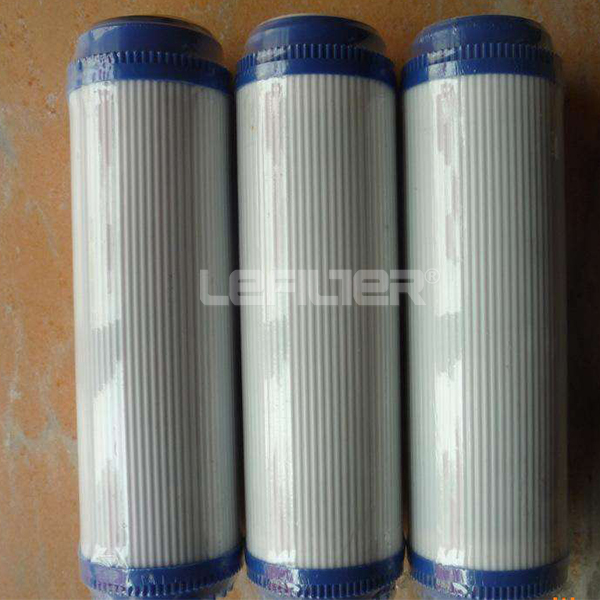
Activated Carbon Filtration Supported by the Regenerative Function for Successive and Efficient Treatment of Wastewater
Introduction:Activated carbon is produced from materials such as coconut shells and coal, and adsorbs a broad spectrum of organic pollutants.
We're here to help:
Easy ways to get the answers you need.
Product parameter:
A lot of wastewaters contain a high concentration of certain organic micro-pollutants or COD, even after purification. An additional treatment step with activated carbon is often the most economic means to remove these last pollutants. Activated carbon could also be a necessity for the reuse of process water.

Activated carbon is produced from materials such as coconut shells and coal, and adsorbs a broad spectrum of organic pollutants. This is due to the hydrophobic properties and the large internal network of macropores and micropores. After a period of time, the activated carbon is saturated and should be replaced or reactivated. Most of the time this is performed externally, by the supplier, and could be done by heat, steam or chemicals.

Two variants of activated carbon treatment are used during wastewater purification. Powdered activated carbon can be dosed in existing wastewater treatment plants, while carbon filtration with granular activated carbon is used as an additional treatment step.

Applications:
There are many of applications for Activated Carbon Filters. Only some of them which are most important & common are listed below.
Free Chlorine Removal
Organic Matter removal
Odour Removal
Bromate Removal (After Ozonation of SWRO Permeate)
De-colourisation of Sugar Melt (White Sugar Manufacturing)
De-colourisation of Molasses
Air Purification
Catalyst Carrier
Flue gas purification (Dioxin & Mercury Removal)
Please fill in your procurement needs and contact information










